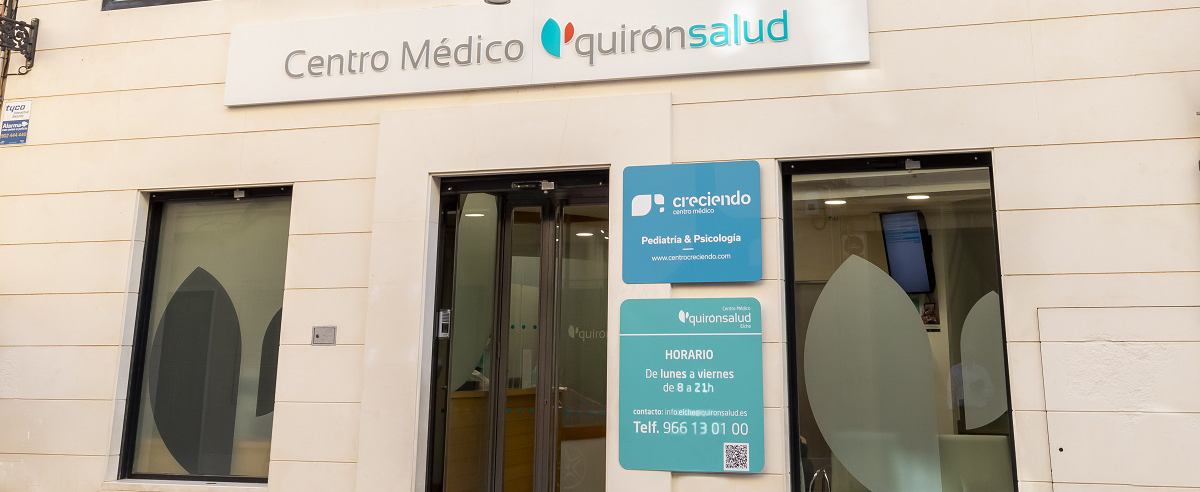Genetic Panel
The development of a genetic panel provides information about an individual's DNA characteristics to determine early on whether there is a risk of developing a genetic disease.

General Description
The genetic panel, also called a multigene panel, is a type of diagnostic test used to study genes associated with specific pathologies.
The genetic panel is developed based on the 78 genes related to health prevention that the American College of Medical Genetics (ACMG) has agreed to analyze in all patients undergoing DNA testing. The aim is to standardize testing across laboratories worldwide. The development of a genetic panel helps assess an individual's susceptibility to developing certain diseases. Depending on the genes analyzed, different types of panels can be developed:
- Ciliopathy panels: Diseases caused by an alteration in the cilium, a part of the cells. These are heterogeneous pathologies as they can occur in cells of different organs.
- Cardiovascular panels
- Developmental disorder panels
- Endocrine panels
- Neurological panels
- Overgrowth panels
- Ophthalmological panels
- Rasopathy panels: Pathologies that affect the RAS pathway responsible for controlling cell multiplication.
- Skeletal disorder panels
- Dermatological panels
- Oncology panels
A genetic panel detects mutations in multiple genes simultaneously, significantly reducing the time and cost of diagnoses. This technique serves as an intermediate test between single-gene studies and whole-genome analysis.
The goal of these studies is to provide patients with an early diagnosis, allowing them to take preventive measures to slow disease progression when possible, reduce symptoms, and improve quality of life. It is also useful in family planning.
When is it indicated?
A gene panel is performed on patients who want to know if they have a predisposition to developing a genetic disease or transmitting it to their offspring. It is particularly indicated for individuals with a family history of genetic anomalies.
Some of the diseases studied by gene panels include:
- Ciliopathy panels: Bardet-Biedl syndrome, nephronophthisis, polycystic kidney disease.
- Cardiovascular panels: Marfan syndrome, Brugada syndrome, Noonan syndrome, hypertrophic cardiomyopathy.
- Developmental disorder panels: Thalassemia, Carpenter syndrome, Weaver syndrome.
- Endocrine panels: Male or female sexual development disorders.
- Neurological panels: Epilepsy, tuberous sclerosis, Rett-Angelman syndrome.
- Overgrowth panels: Perlman syndrome, Proteus syndrome.
- Ophthalmological panels: Congenital cataracts, early-onset glaucoma, retinoblastoma.
- Rasopathy panels: Neurofibromatosis, Noonan syndrome.
- Skeletal disorder panels: Multiple osteochondroma, osteogenesis imperfecta, Treacher Collins syndrome.
- Dermatological panels: Legius syndrome, ectodermal dysplasia.
- Oncology panels: Breast cancer, ovarian cancer, colorectal cancer, pancreatic cancer, nervous system tumors.
How is it performed?
A patient’s blood or saliva sample is typically used to develop the gene panel. This process is straightforward:
- Blood sample collection: The patient sits with their arm extended while the specialist places a rubber tourniquet above the elbow. While keeping the fist clenched, a needle is inserted into a vein in the back of the elbow. The rubber band is removed as the hand relaxes. The blood is collected in a sterile tube with a purple cap containing an anticoagulant (EDTA) to keep the blood liquid for a longer period.
- Saliva sample collection: The patient opens their mouth while the specialist rubs the inside of the cheek with a cotton swab. This swab is then stored in a sterile, hermetically sealed container.
Once the sample reaches the laboratory, the panel to be performed is designed based on the specific needs of the case. This includes sequencing the exons (coding sequences of DNA) and selected introns (non-coding sequences).
The necessary DNA regions for the study can be extracted using two different techniques:
- Enzymatic fragmentation: Specific enzymes trigger a chemical reaction that cuts the DNA chain at the sequences to be studied.
- Sonication: Sound waves are used to break the DNA into small fragments.
These fragments are then compared with those extracted from standardized libraries to detect possible anomalies. Today, this procedure is carried out using technological devices designed to identify variations in both copy number and morphology. It is recommended to reanalyze the data obtained from this massive sequencing to ensure a more accurate diagnosis.
Risks
Undergoing a gene panel does not pose any health risks to the patient. However, there is a possibility that the results may be inconclusive or that specialists may be unable to interpret them.
What to expect from a gene panel
On the day of sample collection, the patient must sign an informed consent form and then proceed with the following:
- Blood draw: It is normal to feel a slight pinch where the needle is inserted, but this sensation does not usually last long. To minimize the risk of bruising, it is recommended to apply pressure to the area for a few minutes.
- Saliva collection: It may be necessary to lightly bite the inside of the cheek to facilitate sample collection.
Results typically take between two and three weeks. Once available, a geneticist must explain them, as their interpretation depends on various factors. The report may conclude:
- Positive result: A variant was found that causes a gene to malfunction, which may indicate a disease diagnosis or an increased risk of developing it in the future.
- Variant of uncertain significance: It is unclear whether the detected variant affects gene functionality. This occurs, for example, when DNA alterations have not been previously defined or have only been observed in a small number of people.
- Negative result: No pathogenic variants were detected, although they may exist in sequences that were not analyzed.
If the result is positive for a disease, the patient should see the corresponding specialist to establish preventive treatment, propose lifestyle changes, and conduct periodic follow-ups.
Specialties that request a gene panel
The gene panel is conducted by genetics specialists to assess the risk of developing certain diseases treated in specialties such as cardiology, cardiovascular risk units, endocrinology, neurology, oncology, rheumatology, pediatrics, ophthalmology, traumatology, and dermatology, among others.
How to prepare
For gene panel analysis, the patient is only involved in the sample collection process, which does not require any specific preparation.




















































